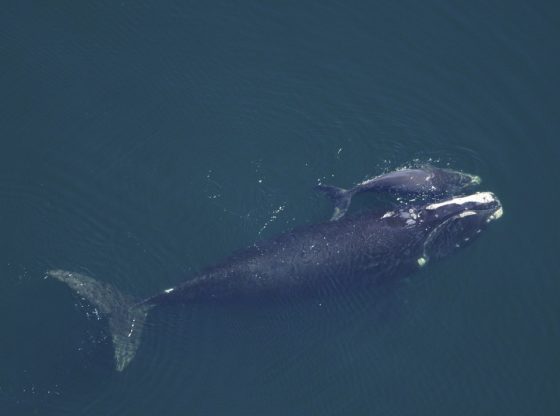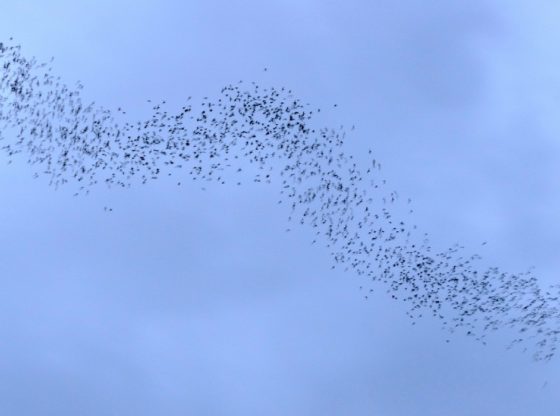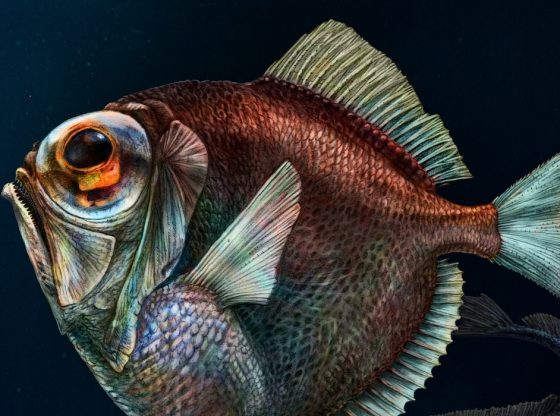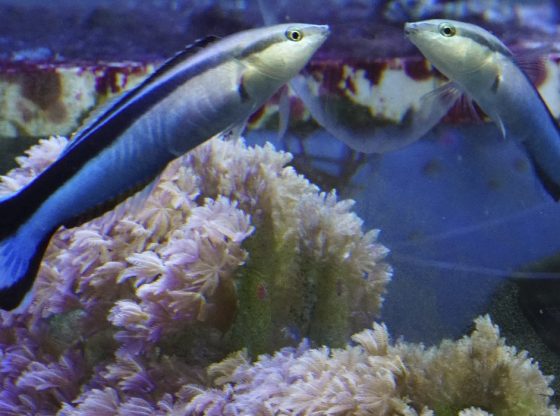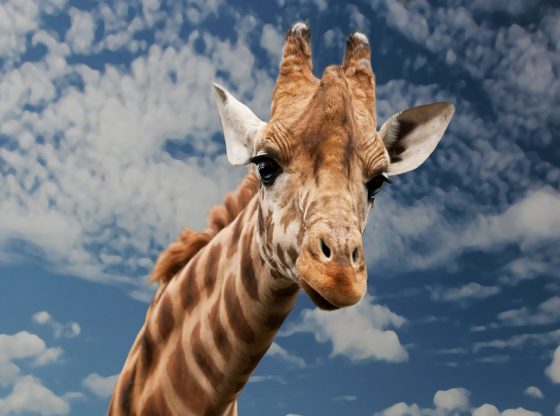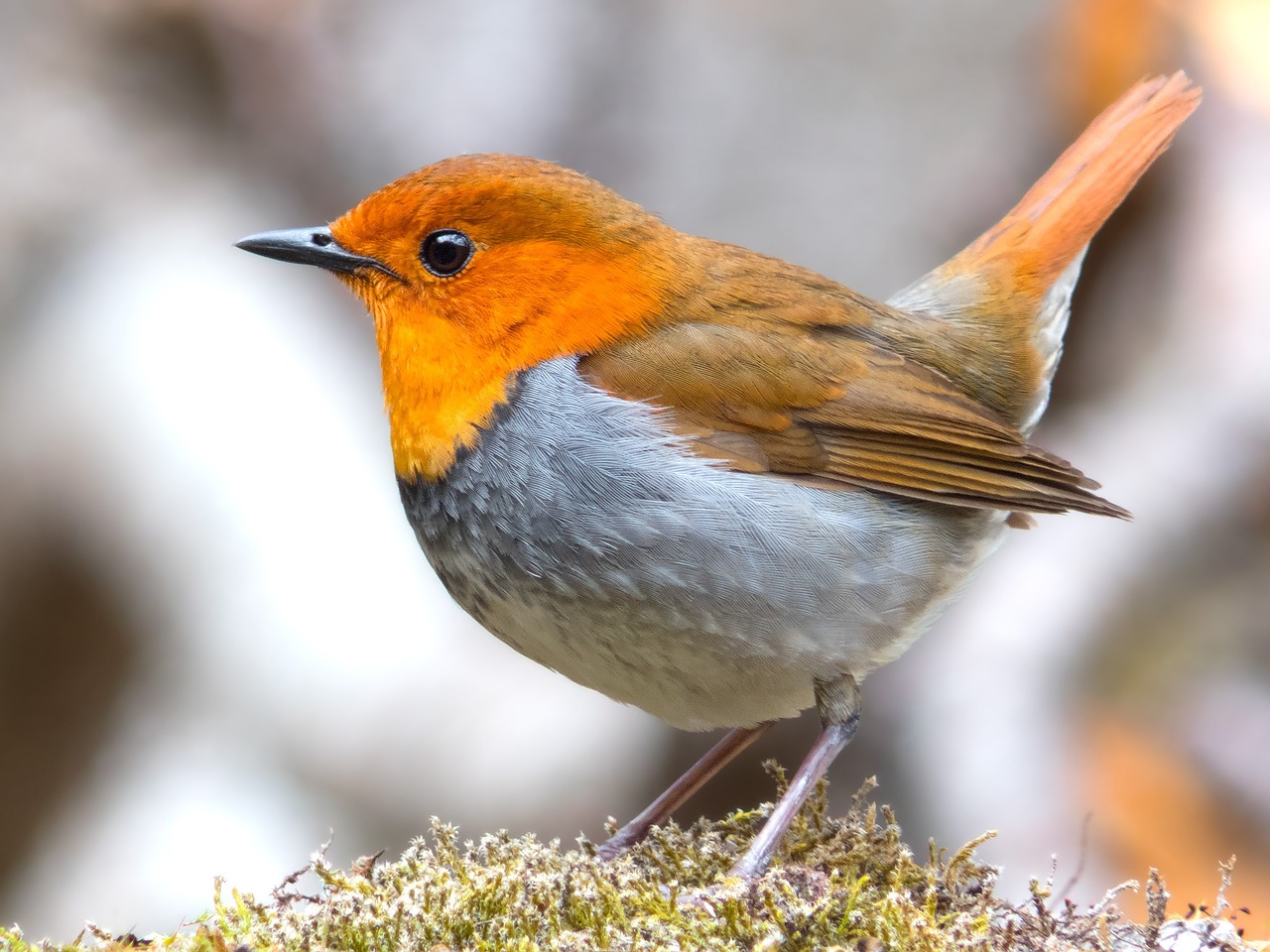
Songbirds belong to the clade Passeri of the perching birds, this group contains some 4,000 species found all over the world, in which the vocal organ typically is developed in such a way as to produce a diverse and elaborate bird song.
The new study published in Nature Communications reveal that songbirds evolved in Australia 33 million years ago. Ten million years later, they began to spread around the rest of the world when the Indonesian archipelago rose out of the sea.
Previous scientific evidence suggests that songbirds evolved 50 million years ago in the part of Gondwana that later became Australia, New Zealand, New Guinea and Antarctica, before spreading around the world.
The new research shows that the ancestors of the songbirds of today left the Australian continent 22 million years ago, in conjunction with the Indonesian archipelago rising from the sea.
It was previously believed that songbirds began to evolve much earlier and that they left their evolutionary home much earlier – then flew directly to the African continent – which would imply an enormous distance over the sea.
But according to this new analysis of fossils and DNA from a variety of songbirds, they spread from island to island in Indonesia, on to Asia and then to the rest of the world.
Thanks to new technology and DNA sequencing, researchers were able to study the amount of genetic material and come up with the new results.
Reference:
Moyle et. Al. “Tectonic collision and uplift of Wallacea triggered the global songbird radiation“. Nature communications. DOI: 10.1038/ncomms12709


